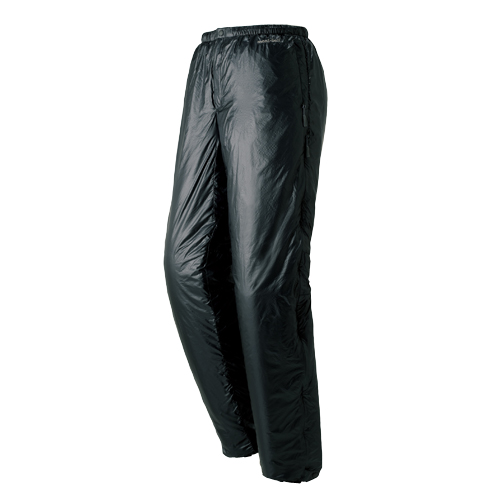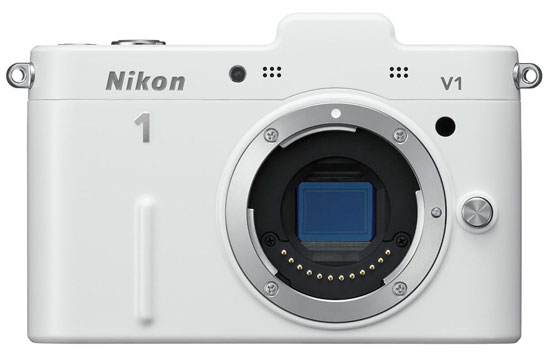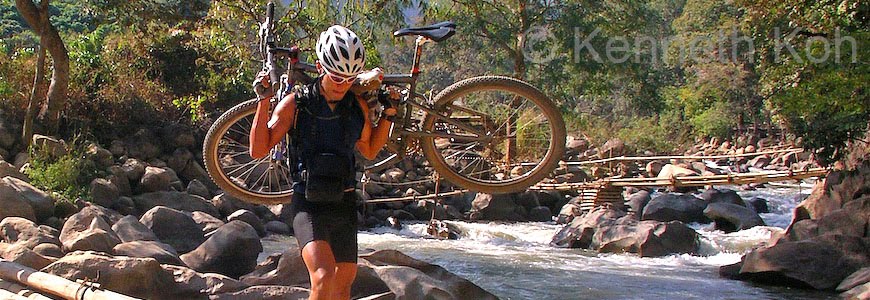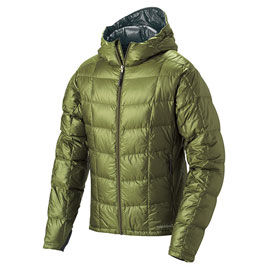Someone asked me what equipment to get for a trek in Nepal. This is a continuation of that original list which you can find
here. By no means are these lists complete. What you choose to bring with you is as much based on experience as it is on personal comfort.
 |
| Montbell Ultralight Thermawrap Ves |
Vests are high underrated and seem to fall in and out of fashion trends. That's too bad, because they are highly versatile - venting excess heat well if worn as an outer layer, and retaining a lot of warmth if worn under another layer, like the
MontBell U.L. Down Parka
recommended in the last post. This particular item uses synthetic insulation, which retains it's loft better in wet or damp conditions than down fill.
I actually use the very similar
Victorinox Classic SD
which weighs just 20g. The Wenger is just slightly larger all around and weighs in at 22g, looks cooler and comes with better scissors, but loses the quite useful screwdriver on the tip of the nail file. They both make good choices. If you don't find the tweezers and toothpick useful, Victorinox also sells the
SilverTech Signature Lite
which substitutes a pen and a small LED flashlight for them. Give a careful thought to what you need and you may find that you don't need a humongous knife or over-endowed multi-tool for trekking or adventure travel.
 |
| Wenger Evogrip 81 |
13.
The North Face Venture Pants
There are all sorts of lightweight solutions to keep you dry in the rain - ponchos, rain kilts/skirts, umbrellas. They all work. I like to have the rain pants because when worn over my trekking pants they add another layer of warmth, and they serve as a second pair of pants I can use when I do laundry. On a few warm but wet trips where I only use shorts, these serve as my only long pants. Get the 1/2 zip version. You can still get them on and off over hiking boots. A fully separating side zip makes putting them on and taking them off a breeze, and is a necessity if you're using crampons, but adds considerable weight and bulk.
 |
| The North Face Venture Pant |
|
|
|
14. Montbell U.L. Thermawrap Pants
If you've never had puffy pants, you don't know what you're missing. These won't score high on fashion points, but puffy pants are great for when the mercury drops. I don't bring them on all my treks, but these are recommended for any high altitude or winter trek in Nepal. The puffy pants back up my lightweight sleeping bag at night, and in the morning, the full length zip allows me to easily remove them before I start walking.
 |
| Montbell U.L. Thermawrap Pant |
15.
Petzl e+Lite Headlamp
This little light is bright enough for predawn starts up Poon Hill or Thorung La on the Annapurna Circuit in Nepal. It uses two Lithium CR2032 batteries which last a long time, but are hard to find in third world countries. I usually put in new batteries before a trek, and don't carry spares. Tip: Dump the case. The light has a nifty lock so it's hard to accidentally turn on, and it's tough enough to store just about anywhere in your pack.
 |
| Petzl e+Lite |
16. Plastic Bags
Your backpack is not waterproof, and backpack covers aren't really waterproof either. You'll need an extra large, industrial strength garbage bag to line your backpack. Try to get a white one. It makes the inside brighter and things easier to find. Load your stuff in, then compress to get the air out, and finally seal the top with a couple of twists. I usually put my rainwear on the top of the garbage bag to help prevent the garbage bag from twisting open, and also for quick and easy access. You'll also need a couple of gallon sized ziplock bags to store smaller items for the hood/top pocket of your backpack.
17.
Camp Xenon 4
Should you bring a pair of trekking poles on a trek? If you're not sure, just bring one. It's not much additional weight and one is plenty useful, and it leaves you a free hand to take photos. These folding trekking poles claim to be the lightest in the world. They are not, but come close, and are a lot cheaper. I would be cautious about going too light, as these can be quite flexible. If you are big, consider going with the slightly heavier, but more stoutly built Camp Xenon Trek. These come in two fixed, non-adjustable sizes. If you've got the correct size, your forearm should be parallel to the ground when holding the trekking pole on level ground.
 |
| Camp Xenon 4 Trekking Poles |
17. Comfort Food
You may not get a whole lot of protein in your meals during the trek. A tub of peanut butter goes great with chapatis or Tibetan bread in the morning, and some jerky or dried meat will top off a bowl of noodles or pizza nicely.
18.
Fisher Stowaway Space Pen
If you've got the Victorinox
SilverTech Signature Lite
with the pen, then you won't need another pen. I don't. Plus I'm not allowed to carry my knife on the plane, so I usually carry a small pen, and the
Fisher Stowaway Space Pen
is my choice. It's about as small as a pen can get, and is probably a shade bigger than some refills. Definitely not something you want to use for extended writing, but it's just the thing to stuff in your wallet for making notes, or filling out immigration forms with.
 |
| Fisher Stowaway Space Pen |
So that's pretty much it. I use a pair of zip-off pants (yes, just one pair that I wash and wear. When it's being washed, I use my rain pants). And on long treks, I carry an extra lightweight fleece layer, and an extra tech tee.
In Singapore, The North Face can be bought at the TNF Flagship store in Marina Square, Montbell and Camp at X-Boundaries in Velocity, Marmot at Camper's Corner, and Patagonia at Outdoor Life.


















